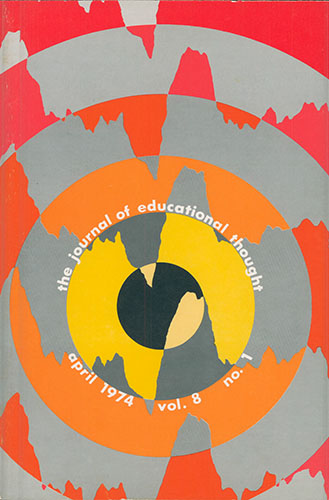Complementary Models of University Organization
DOI:
https://doi.org/10.11575/jet.v8i1.43615Abstract
What is the nature of college and university organization? How are the dynamics of higher education to be explained? How are the tradition~! departments and divisions to be understood and why does conflict between them arise? Are recent interdisciplinary ventures which cross traditional lines destined for success or failure? What is the significance of these questions for the practice of university administration? Answers to these perplexing questions about higher education are often given within the framework of a theoretical model which attempts to describe or explain the facts or phenomena with which the model is concerned. Besides providing a unique conceptual orientation, which in turn influences the selection of problems, the model may be useful in bringing to light some aspects
of the situation which otherwise would remain hidden or obscure. When the same data are approached by different models, the question of choice arises: which is the more adequate? Thus, underlying the question of how best to represent a body of facts is the more fundamental one of the status of contending models and their compatibility or incompatibility. This question will be explored through a critical consideration of some alternative models of university and college organization.
Downloads
Published
Issue
Section
License
The Journal of Educational Thought retains first publication rights for all articles. The Journal grants reproduction rights for noncommercial educational purposes with the provision that full acknowledgement of the work’s source be noted on each copy. The Journal will redirect to the appropriate authors any inquiries for further commercial publication of individual articles. All authors wishing to publish in JET will be asked to fill in and sign a Consent to Publish and Transfer of Copyright agreement.
Authors must affirm that any submission to JET has not been and will not be published or submitted elsewhere while under considration by JET.

